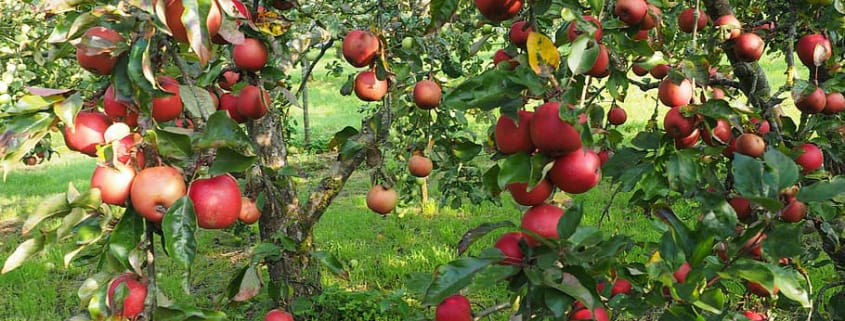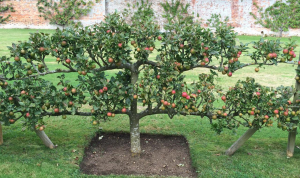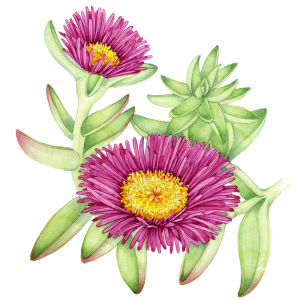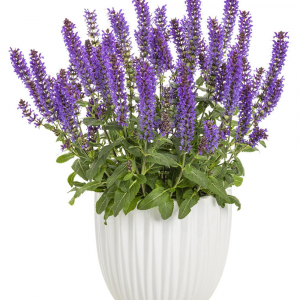The home orchard
With the increasing need for self-sustainability, and a move back to the home orchard, you should consider several things to achieve success.
Fruit trees come in many shapes, forms, and varieties, and their individual requirements are important for successful growth, great crops, and a personal satisfaction that you are self-sufficient.
Firstly, sunlight and adequate space is of paramount importance when making your selection. Many trees like apples and pears are large-growing and take up considerable space. They are, when in full leaf, large shade throwers, so good planning is needed as they can shade out other plants around them, particularly if they share space with herbs and vegetables.
Secondly, what requirements might that tree need to produce a good crop? Does it need another variety to cross-pollinate? Will it require more water than other surrounding trees, and can it handle stronger prevailing winds? These are considerations that need to be considered in the layout.
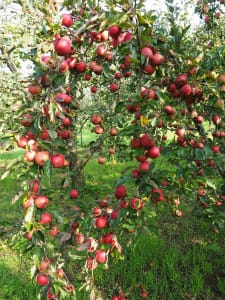 Another important factor is that many trees require a prolonged period of winter chill for proper maturation of flowering buds, with one- to two-thousand hours of temperatures below 10°C the usual requirement. Given this, many coastal gardeners have poor results with apples, pears, cherries, and nut trees, which all require the chill.
Another important factor is that many trees require a prolonged period of winter chill for proper maturation of flowering buds, with one- to two-thousand hours of temperatures below 10°C the usual requirement. Given this, many coastal gardeners have poor results with apples, pears, cherries, and nut trees, which all require the chill.
There has been a lot of work done in recent times by plant breeders to develop smaller-growing varieties of trees that will fit into a smaller site, and varieties that are ‘self-pollinating,’ allowing more trees in the space available. With space in mind, many are suited to be planted espalier-style, utilising fences within the orchard. These can create garden rooms to add another dimension to the space.
Evergreen fruit trees like citrus, olives, and avocadoes are another option, and as for deciduous trees, they also throw shade but all year around. Many are grown on dwarfing root stock so adapt well to pot culture and smaller sites. Consider large pots with a premium potting mix and fertilise and water regularly.
Finally, remember that all fruit trees require regular ongoing maintenance: prune at the correct time of year, fertilise regularly to keep them thrifty, and practice preventative pest and disease control. As with all garden plants, prevention is better than the cure.
Talk to your local nursery person, who will guide you in your selection. If you have missed out on the winter bare-root selection, they will be available later in the season as container-grown plants.
